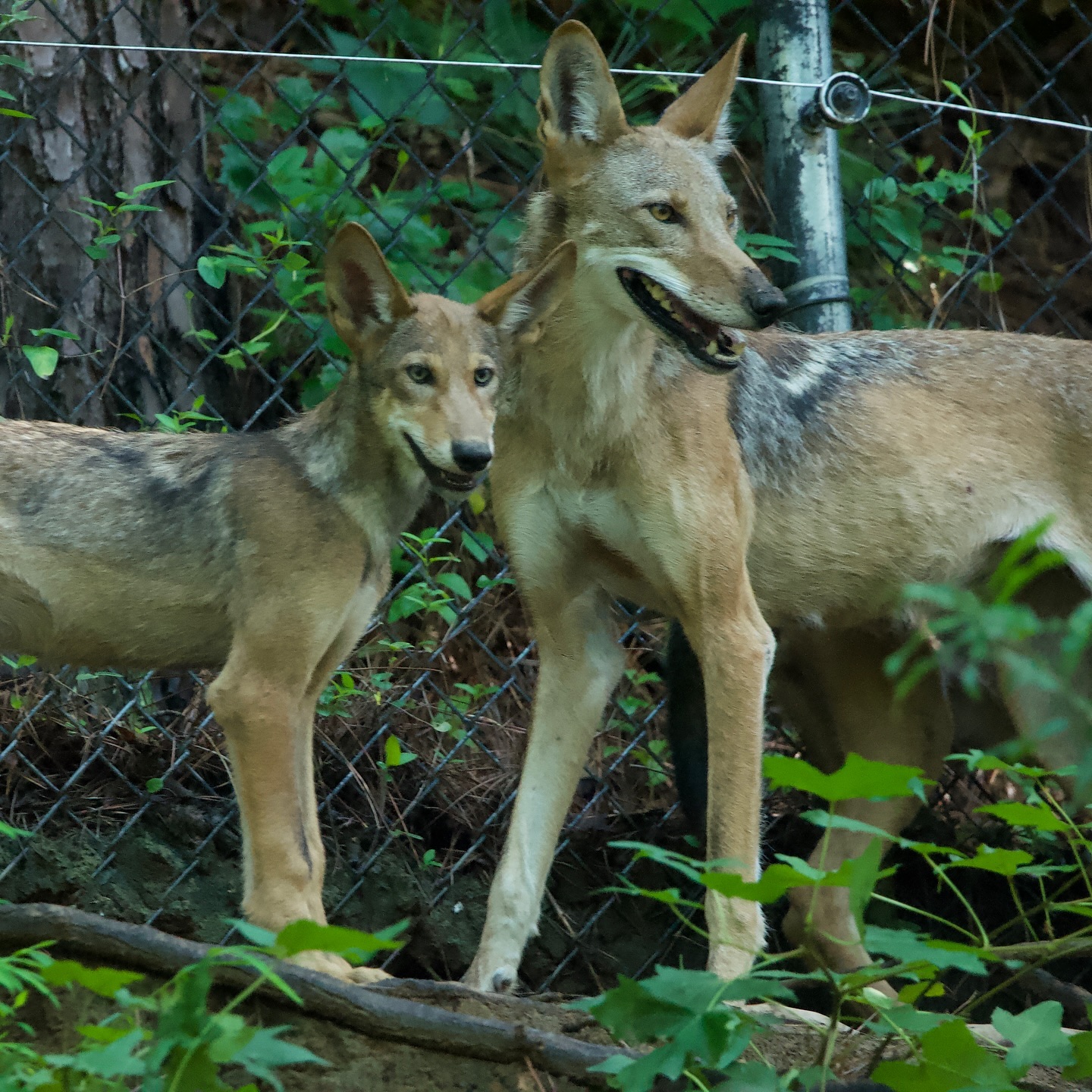- Wild Population Updates and Conservation Status
- Solutions to Husbandry Challenges
- Organizational Efforts in Wolf Conservation
- Breeding and Transfer Plans
Sherry Samuels, the Senior Director of Animal Care, sheds light on the American Red Wolf SAFE (Saving Animals from Extinction) Annual Meeting. This event is paramount in the conservation efforts of this critically endangered species. Participants discuss a variety of topics ranging from population updates and husbandry challenges to organizational work and breeding plans.
The wild population of the American red wolf stands at a precarious number, with fewer than 20 individuals remaining in the wild. These statistics underscore the urgent need for continued and concerted conservation efforts. The annual meeting serves as a platform where experts review the current status and dynamics of the wild population, evaluating data collected through field monitoring and scientific studies. A key focus is the wolves’ habitat, which stretches across a fragmented landscape, complicating conservation efforts. Strategies involving habitat restoration, human-wildlife conflict mitigation, and legislative advocacy are essential to move the needle on this pressing issue.
Critical attention is given to husbandry challenges faced in captive breeding programs. This involves addressing the logistical and biological hurdles of maintaining a healthy captive population. Efforts are focused on optimizing enclosures to cater to the natural behaviors of the red wolves, including their predatory and social instincts. Feeding routines, enrichment activities, and health monitoring are continuously refined. A common issue is the management of genetic diversity to prevent inbreeding. The use of detailed genetic databases and innovative reproductive technologies helps navigate this challenge, ensuring genetic variability within the captive population.
Organizational efforts discussed at the meeting encompass a wide range of activities from public awareness campaigns to collaborative projects. Zoos and conservation organizations play a critical role in education and advocacy, raising awareness about the plight of the American red wolf. These institutions often collaborate on research projects, community outreach, and fundraising initiatives. Success stories from various organizations inspire a unified approach to overcoming obstacles and achieving conservation goals. The annual meeting highlights achievements and sets the stage for future endeavors, reinforcing the collective commitment to red wolf recovery.
Breeding and transfer plans are meticulously outlined to bolster the population. Pairing decisions are made based on genetic compatibility and individual health status. Transfers between facilities ensure genetic diversity and reduce the risk of inbreeding. The breeding program focuses on producing offspring that can potentially be reintroduced into the wild, thereby augmenting the wild population. The logistics of these transfers require careful planning, including transportation, quarantine protocols, and acclimatization processes. Monitoring the welfare of the wolves during and after transfers is crucial for the success of the breeding program.
This Pupdate, shared by Sherry Samuels, encapsulates the monumental efforts being made at the American Red Wolf SAFE Annual Meeting. The collaborative efforts discussed address the urgent need to conserve one of America’s most endangered canines. The fusion of field data, innovative husbandry, collective organizational work, and careful breeding plans are all essential components in the path to recovery for the American red wolf.
*****
Source Description
Well met! In this unofficial Pupdate, Senior Director of Animal Care Sherry Samuels talks through what exactly goes on at the American Red Wolf SAFE Annual Meeting. 🐺🧡
The topic list is long, including wild population updates, solutions to husbandry challenges, recaps of organizational work, and (of course) breeding and transfer plans.
Learn more from Sherry in her blog post at the link in our bio!


